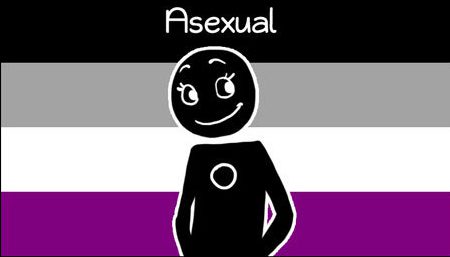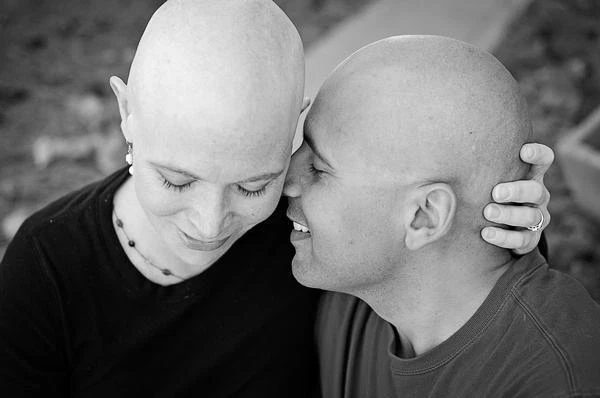Variability among Asexual – identifying individuals
Currently, one of the least known sexual orientations is probably asexuality, which some have called the ‘invisible orientation’ (Decker, 2014). Asexuality can be hard to define because, unlike most other concepts of sexuality, it is essentially the lack of something as opposed to the presence. Anthony Bogaert, in a paper published in 2015, gives a definition of asexuality as a lack of sexual attraction towards others, regardless of gender (Bogaert, 2015).
The fact that the definition given by Bogaert only takes sexual attraction into consideration has a number of implications. For example, it says nothing about the person’s physiology or any practices that can be considered sexual. Most asexual-identifying persons are physiologically normal and are able to experience arousal through physical stimulation (Bogaert, 2015). In fact, it has been found that a significant number of asexual persons also masturbate, with asexual men doing so at a frequency similar to sexual men (Brotto, Knudson, Inskip, Rhodes, & Erskine, 2010).
One other important implication of the definition is that being asexual does not mean that you’re unable to feel a romantic/affectionate attraction towards others. In fact, studies have found that a significant number of asexual people are in long-term relationships (Bogaert, 2015). This implies that some asexual people may have romantic inclinations, be they towards the opposite gender, their same gender, or both/all genders.
References
Bogaert, A. F. (2015). Asexuality: What It Is and Why It Matters. Journal of Sex Research, 52(4), 362-379.
Brotto, L. A., Knudson, G., Inskip, J., Rhodes, K., & Erskine, Y. (2010). Asexuality: A Mixed-Methods Approach. Archives of Sexual Behaviour, 39, 599-618.
Decker, J. S. (2014). The Invisible Orientation: An Introduction to Asexuality. New York: Carrel Books.
– Stephanie Caruana is a counsellor who is on a year sabbatical travelling and volunteering around the world. She can be contacted on stephaniec@willingness.com.mt.





